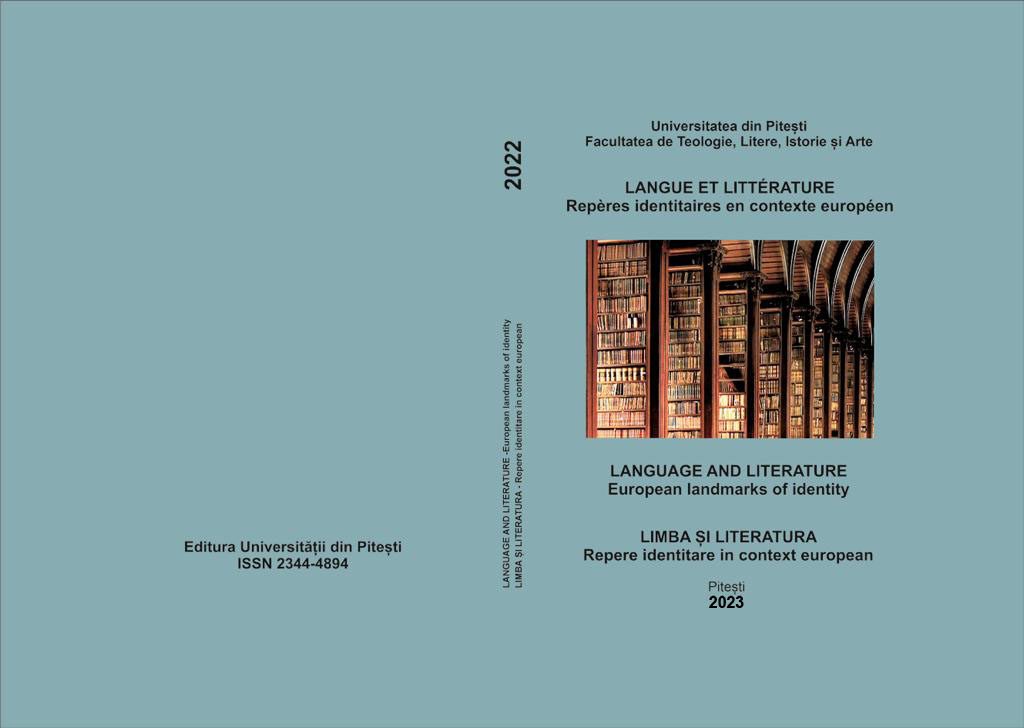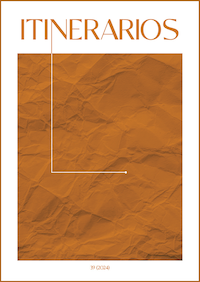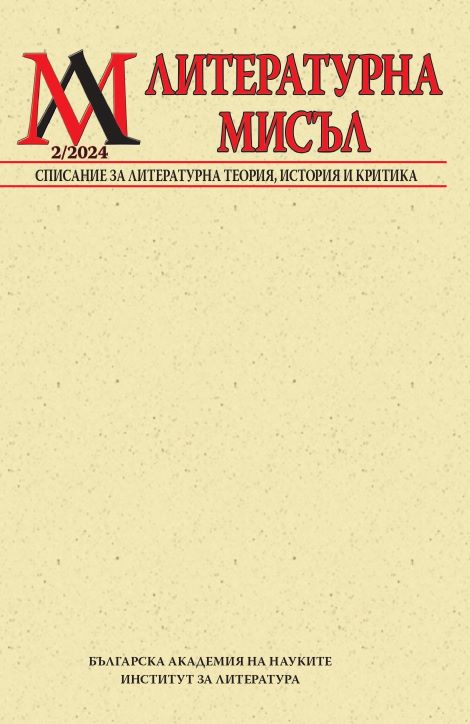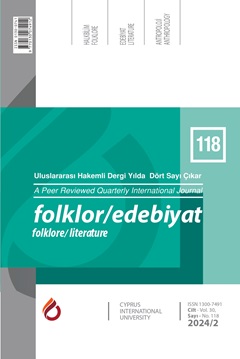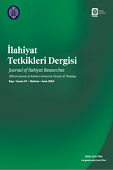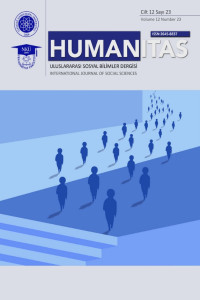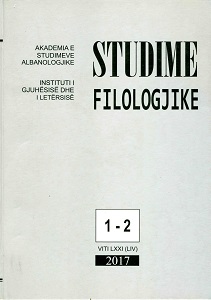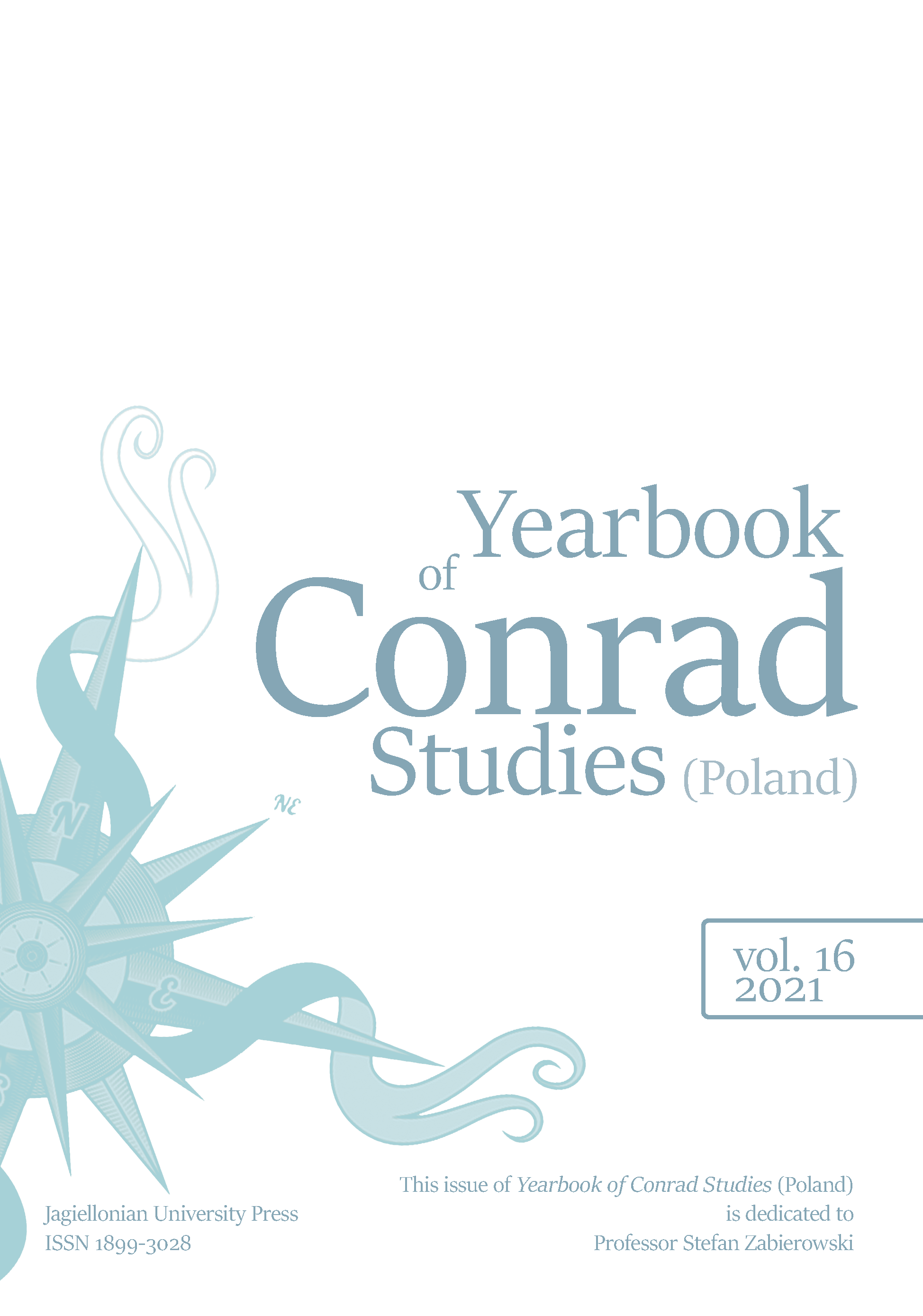
Lord Jim: Between Shame and Guilt
Trying to classify the cultural patterns of behaviour, modern anthropology offers the distinction between “shame cultures” (which rely on external sanctions for good behaviour) and “guilt cultures” (which internalize the conviction of sin). Correspondingly, shame and guilt create specific ethos and therefore could be treated as factors indicating cultural meaning and function of the notion of honour in different cultural contexts. The article is an attempt to analyse the role of guilt and shame phenomena in the creation of Joseph Conrad’s Lord Jim.
More...
